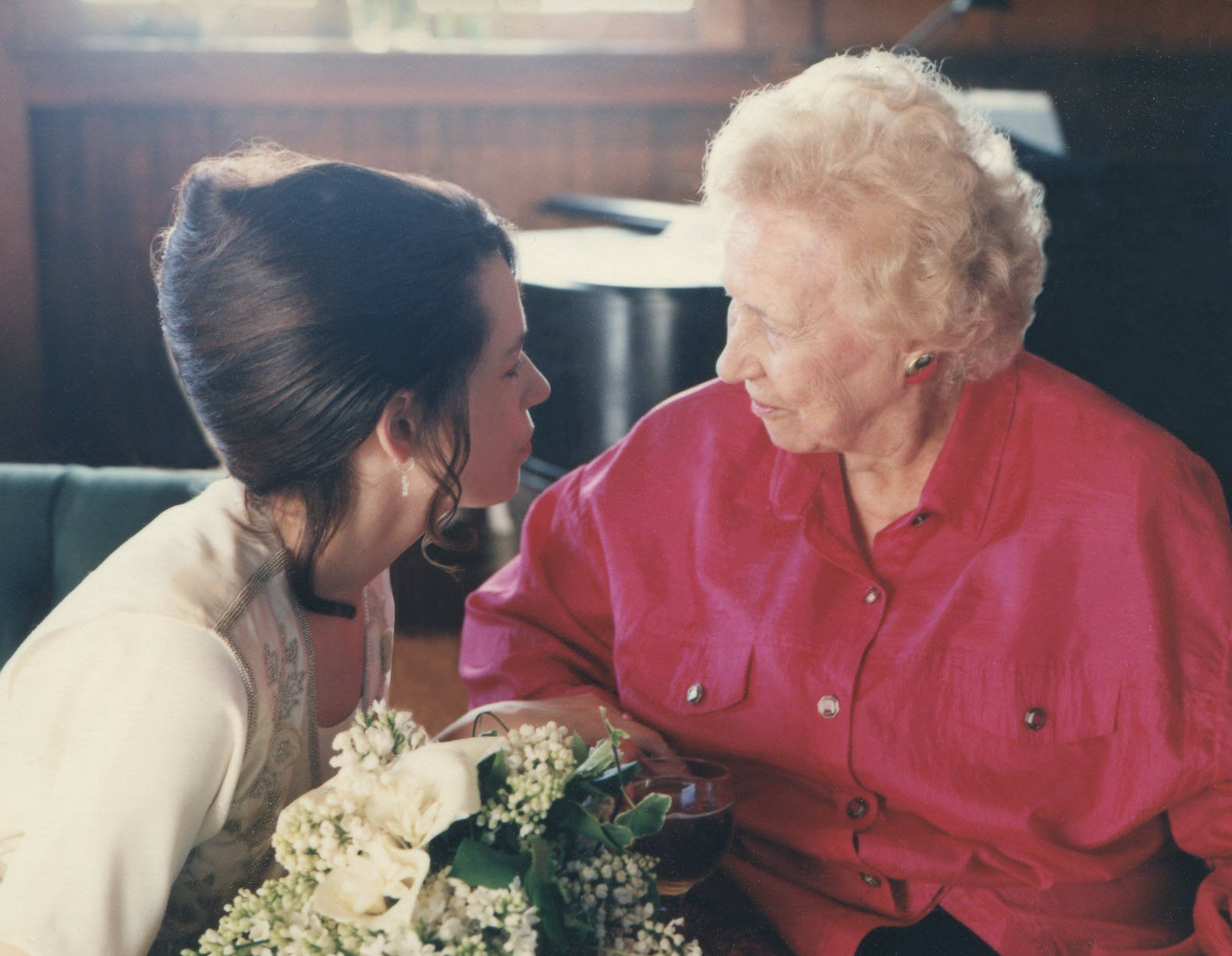
My life was saved by a woman named Bob.
Okay, it wasn’t really Bob. It was Bobby.
And she didn’t save my life in the strictly technical sense of the term. But I know if it weren’t for her, I would not be the (semi)functional human being that I am today.
Bobby was my maternal grandmother. She was also my anchor, my rock, my mentor, and my best friend. And I don’t think it’s an exaggeration to say that from the age of 10 to somewhere in my early 20s, Bobby was responsible for my sanity.
You see, I was only 10 when my mom passed on.
Not long afterward, my dad remarried, moved us all to a different town in Connecticut, and sent my two older sisters to boarding school — leaving me in a new house/town/school/family with my dad, stepmom, and recently acquired Older Sister #3.
It was a confused and confusing time, and that’s when Bobby (a nickname derived from her maiden name, Roberts) and her place in Manhattan became a refuge for me.
As often as possible, I would take the train to Grand Central Station, jump on a Third Avenue bus headed uptown, and let myself into Bob’s modest one-bedroom apartment on East 72nd Street.
She would pour us each a Coke while I curled up under a fur blanket in her living room. Then, she would settle herself into one of two tomato red Chinoiserie chairs, fix me with an understanding gaze, and act as my own personal antidote to a whole catalog of disordered thinking.
In my younger days, I thought that Bobby’s apartment was the height of sophistication, with its eclectic mix of art and decor.
There were those red barrel chairs, the richly patterned pillows on her cream-colored sofa (which she called a davenport), and the elegant birds eye maple dresser (which she called a chifferobe) in the bedroom.
It was only as I grew older that I realized much of her furniture had been inherited from long departed friends — one of the dubious benefits of outliving so many of her peers.
I also began to notice how she would breathe a sigh of relief when a much-anticipated check arrived in the mail. Or how she stored belongings in shoeboxes covered with colorful Con-Tact Paper and kept her earrings in a leftover egg carton.
I think it took me a while to realize that Bobby was fiscally challenged because she never acted like it.
She approached life as a great adventure, filled with new experiences, fascinating people, and all kinds of beauty.
Raised on a cattle ranch in Wyoming, she spent her child-rearing years feeling constricted by small-town Arkansas and viewed the arrival of widowhood as a chance to dye her hair blonde and move to New York City. Once there, she made friends of all ages through her church and somehow found a way to frequent the opera, the ballet, and Carnegie Hall.
“Live abundantly,” she once counseled my older sister. And that was exactly what she did.
She delighted in the energy and diversity of the city and milked every experience for all it was worth, requesting extra syrup at the soda fountain and extra speed from her taxi drivers. Once, when she must have been well into her 90s, Bobby told me that her greatest regret was “never having driven a big rig.”
I’m not sure it would be possible to grow up with such a role model and come away without an expansive sense of life and its possibilities. Certainly, for me, Bob’s joie de vivre remains a daily inspiration.
Whenever things get difficult, I remember a conversation we had in Bobby’s later years, after we’d both moved to Southern California.
I was driving her home from the grocery store when we passed a monstrosity of an apartment building being erected just around the corner from the bucolic little hamlet where she lived.
“Oh Bobby,” I exclaimed. “How awful! And you’ll have to drive by it every time you go out.” “I know,” she sighed. “But darling, look!”
Then she gestured toward a profusion of bright pink leaves covering a long, low wall on the opposite side of the street. “Look at that bougainvillea!”
That was Bobby. It wasn’t that she didn’t recognize how horrible the building was. She did. She just chose not to dwell on it, and to focus on the bougainvillea instead.
This was her philosophy: No matter what sort of ugliness presented itself, she made the conscious choice to embrace the beautiful and the good.
Several years after we had that conversation, Bobby passed on. Soon afterward, while sorting through some of her things, I came across a stray piece of paper onto which she had copied a poem.
I could tell from the letterhead — which bore the address of her first apartment in Manhattan, a cramped little studio right off the East River — that Bob had typed the poem during her earliest years in New York, when she was a new widow living on her own for the first time and barely making ends meet.
Here’s what it said:
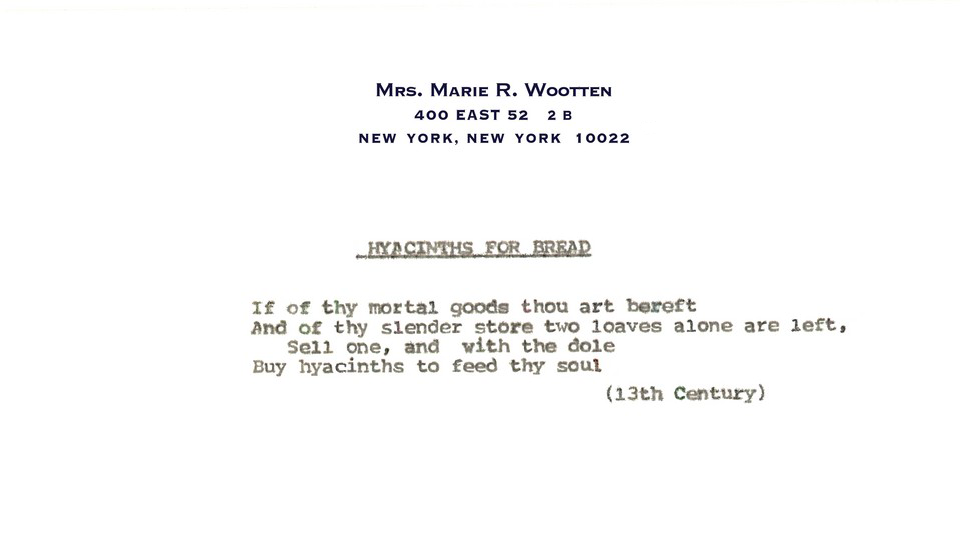
Couldn’t have put it better myself!
East Meets West
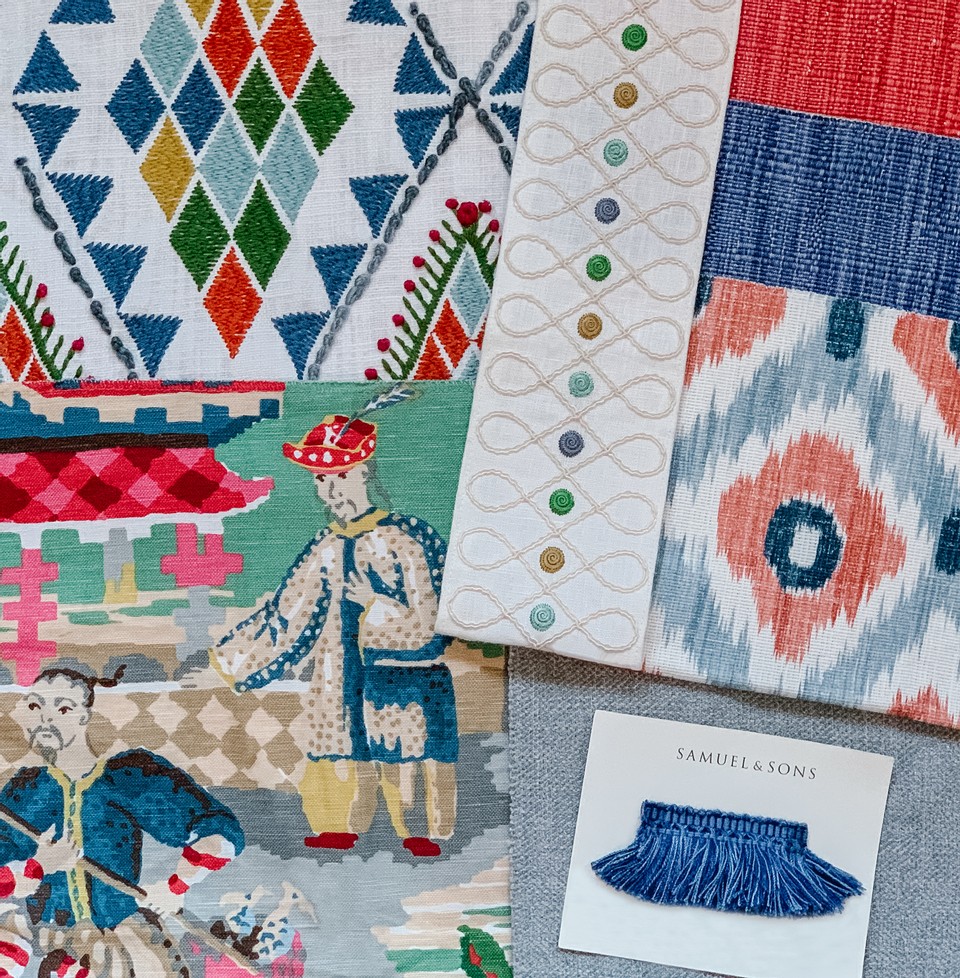
Chinoiserie has been having something of a moment lately, although I’m happy to report that it’s the kind of thing that never really goes out of style.
If you happen to be one of the uninitiated, Chinoiserie is a French term which, very loosely translated, means “Chinese-y kind of stuff.” (Trust me on this. I won French awards in high school.)
It dates back to the 17th century, when European traders returned from East Asia with all sorts of beautiful treasures, inspiring the folks back home to mimic the look in their own decorative endeavors.
Chinoiserie had its hey-day in the 18th century, when bigwigs like Louis XV and King George IV went hogwild with Asian-inspired decor. Many installed their mistresses in palace bedrooms filled with the stuff.
Its popularity declined in the 19th century, but it had a brief resurgence in the 1930s, and seems to have come roaring back in recent years.
I, myself, have a very hard time putting together a room that doesn’t include at least one piece of Chinoiserie. (Should I be worried this means I was an 18th-century woman of ill-repute in one of my past lives? I guess we’ll never know.)
Here’s a brief rundown of some of my favorite components of this timeless style:
Chinoiserie fabrics
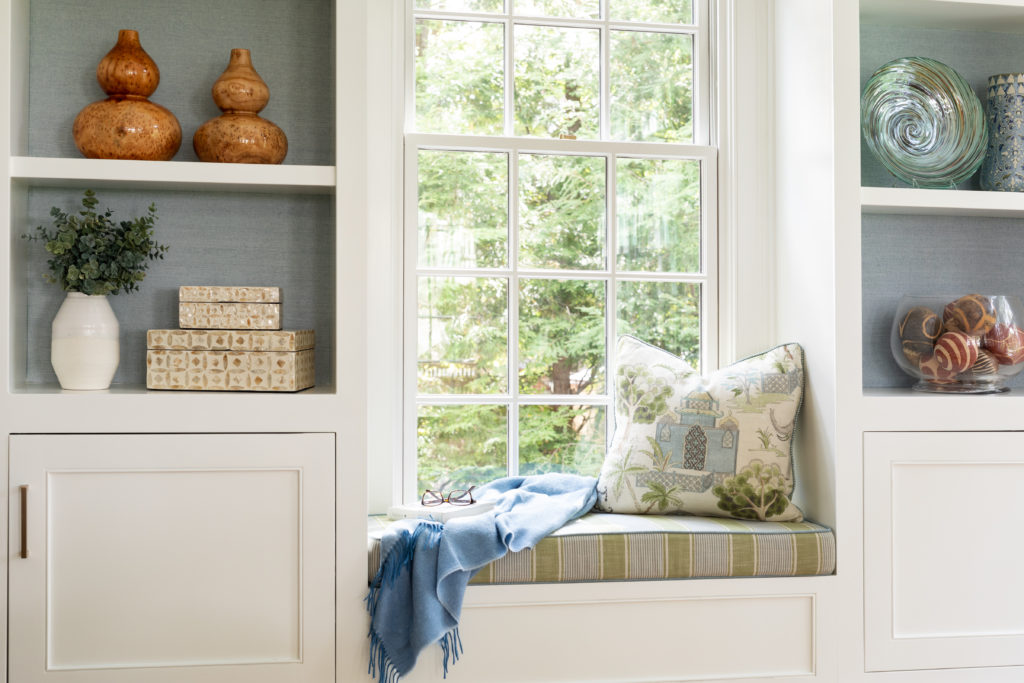
Depicting “exotic” Asian landscapes and scenes, these patterns often include a touch of whimsy — which is essential to any great design, if you ask me.
You can find wonderful examples at F.Schumacher and Brunschwig & Fils.
Faux bamboo furniture
I’m a sucker for beautiful wood, but add a bit of Asian-inspired detailing and I’m an absolute goner.
For example, is there anything more beautiful than this faux bamboo bed from Jasper Furniture? I didn’t think so.
Ginger jar lamps
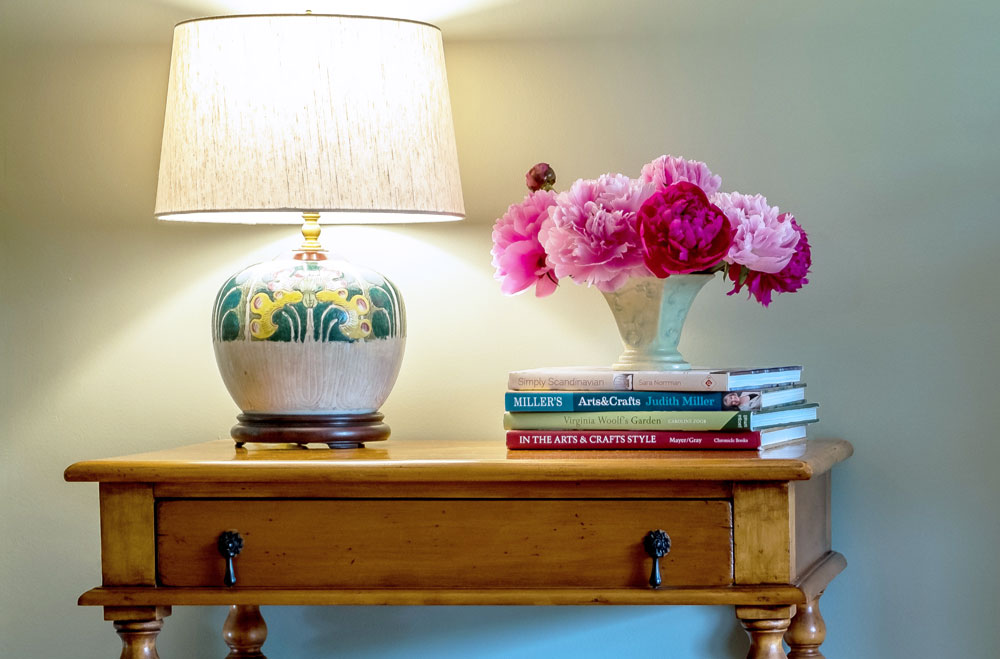
You can’t throw a stone in a lamp store these days without hitting a ginger jar-shaped lamp. (Not that I’m advocating the throwing of stones anywhere, much less a lamp store.) But to my mind, there’s nothing better than a lamp made from an actual ginger jar — preferably an antique one.
Wallpaper depicting delicate floral scenes and landscapes
Namely: This from de Gournay via Mark D. Sikes. Heaven.
De Gournay is the crème de la crème, but plenty of other manufacturers offer lovely options at a range of price points (for those who don’t feel the need to have their wallcoverings painted by hand).
Of course, we could go on for days. Lacquered furniture, all-things-pagoda, blue and white porcelain, and plenty of other Chinoiserie goodies.
But I have rooms to furnish, so we’ll have to save those for another post. . .





